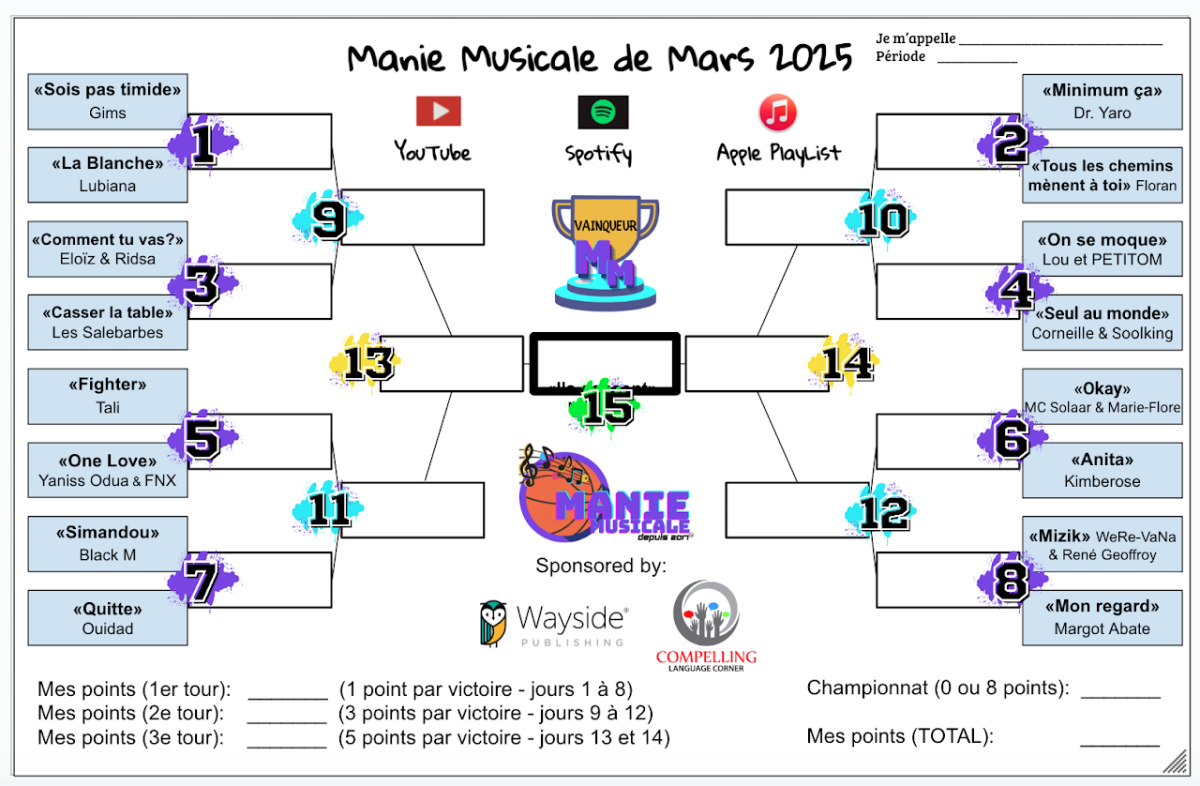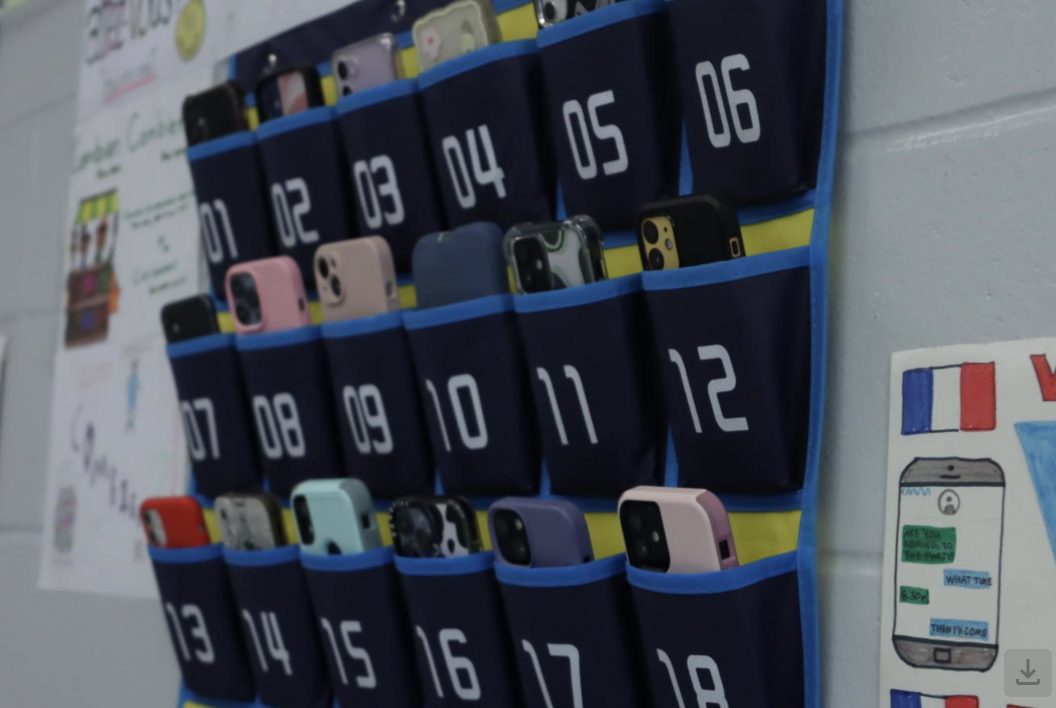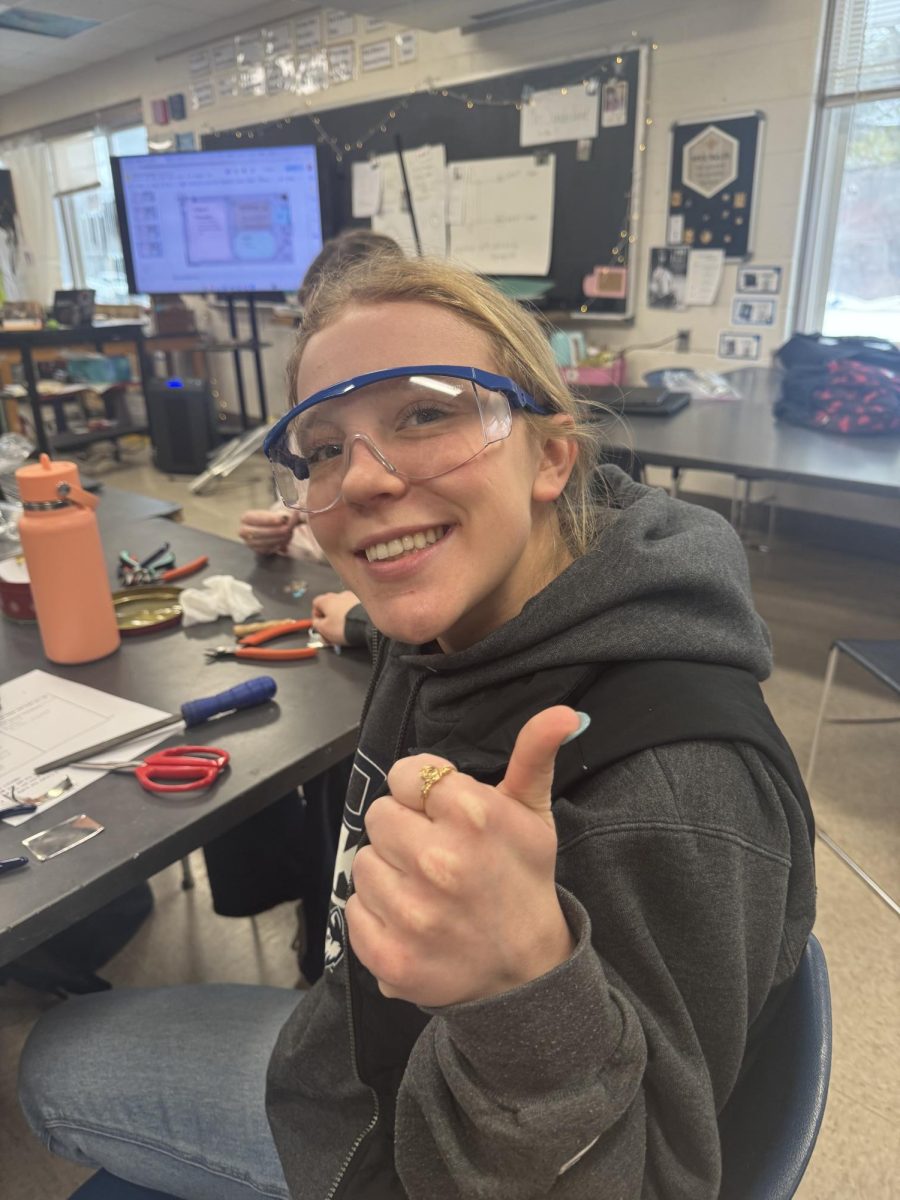York High School students were met with a new diagnostic test this year: the i-Ready, administered in September across several Pride periods, which, at the time, seemed to cause quite a stir within the student body. In the past, the York School District has commonly set up diagnostic exams of a similar nature, so why would this test in specific be so significant? The answer likely lies in a misinterpretation of the i-Ready’s intent.
Many students who were about to take the test had an idea along the lines of their score determining something important regarding their academics; most often, there was the fear that the i-Ready’s score might place a student in a different course than what they were enrolled in, such as an Honors student being moved to a college prep class.
This led many students who were concerned about staying in rigorous courses to take the diagnostic as seriously as they could– and while it definitely may be beneficial to put in your best effort, the idea that scoring below average on the i-Ready could move you down a class shouldn’t be fueling that effort, because it isn’t the complete truth. Hopefully, this article can provide some clarity to the i-Ready moving forward as York students prepare to take it in the future.
When asked about the diagnostic, Principal Suttie readily disclosed information on the reasons behind administering it. “The purpose of the diagnostic is to give us another data point to use in supporting our students with both reading and math,” she wrote. This suggests that the test is more of a tool for educators to utilize than a definitive marker for a student’s individual education.
That idea is further supported by her inclusion of “we do not use the results to label students or as a single decision-maker for class placement,” which can put some of the rumors to rest that a certain score on the i-Ready will single-handedly move a student out of a class. At the same time, she stated that “the results from the diagnostics do give us some insight into areas where students could grow,” which is why it would still be in the best interest of students to approach the test with adequate effort; just know that the i-Ready is not the sole defining factor of course placement.
In terms of why the i-Ready in specific was chosen for York High students, Dr. Suttie stated that the diagnostic has already been in use in kindergarten through 8th grade in the York School District and that the staff “wanted to offer continuous learning opportunities for students in future years.”
She elaborated that “we also liked this program because if a student was not performing at grade level in either math or reading, there were specific activities and plans that could be developed to support student success”– as of now, it’s hard to say whether or not these plans will be implemented, and/or how they would be carried out.
One of the most important questions to be asked regards the role of the i-Ready at York High School in the future. Since the exam will be administered again come spring, Dr. Suttie was asked about possible differences in how it will be given to students. She answered that “we will absolutely adjust how we will administer the diagnostic in the spring,” and that “our plan is to continue using the diagnostic and the program for as long as our students need it or as long as we are finding success and growth while using it.” So, unless there is a change of plans, and as long as the data remains valuable to staff, students should expect to take the i-Ready in the coming years.
In addition, we should expect that the test will be carried out differently the next few times around; for example, it might be administered during a time slot other than Pride, as the time constraint of that period led many students to spend multiple days finishing the exam.
Finally, Dr. Suttie mentioned that she has “promised the staff this year is that if we are spending all of this time collecting data we are going to do something with it and our goal is to see growth for all of our students in both reading and math by the end of the school year.” The information collected by the diagnostic seems to prove helpful to educators, so it can be assumed that students’ hard work on the test certainly won’t be for nothing. It likely provides a guideline for improving school curriculums and gives staff a better view of which areas students do well in and which need to be given more focus.
Rest assured, the i-Ready is not a device that will target individuals and single them out for underperforming; it is more so a way for teachers and administration to see trends among the student body and create a plan to meet York High School’s academic needs. The confusion surrounding the diagnostic will hopefully be resolved once it’s time to take it again, and the differences in how it is administered should bring about more clarity for both students and staff.















